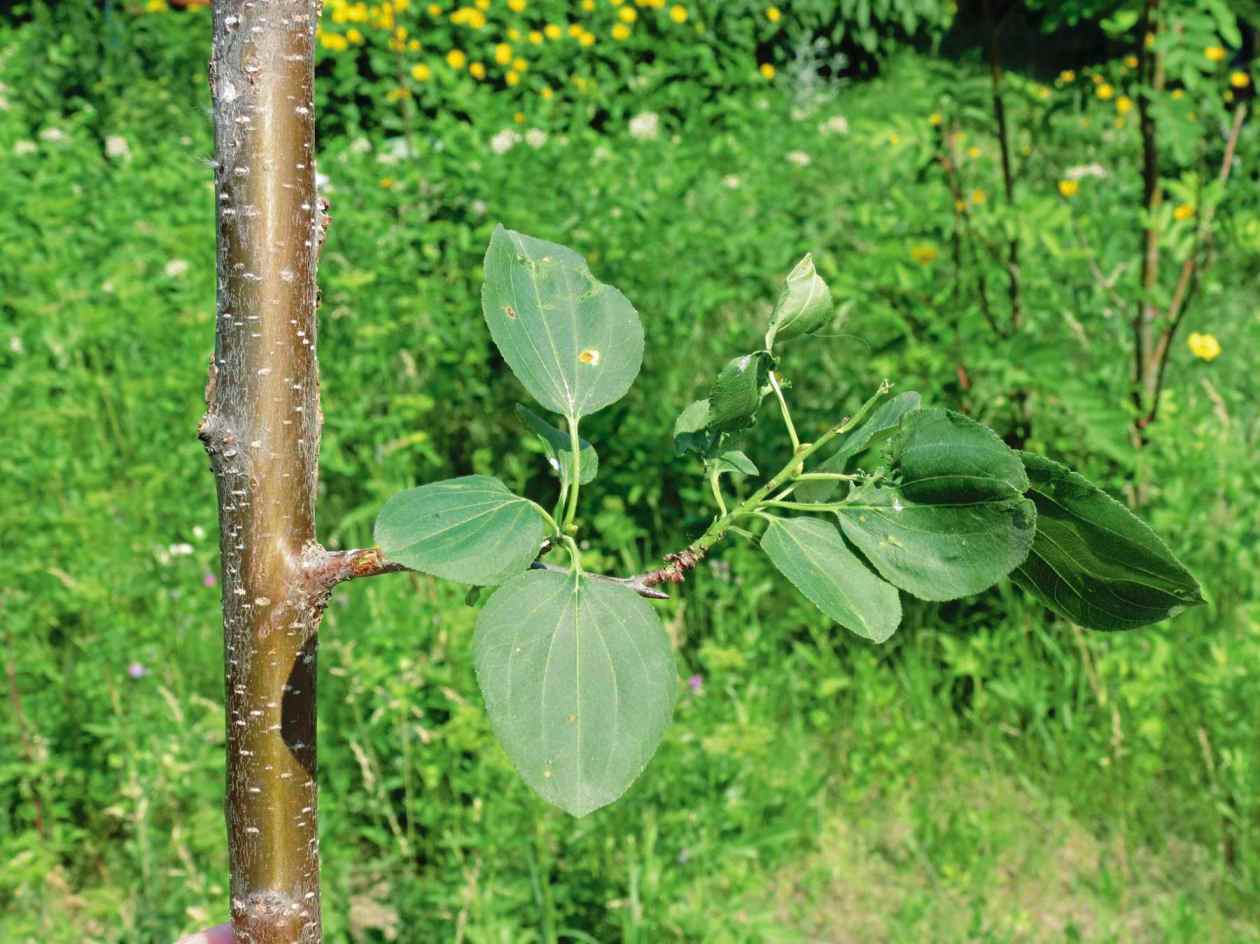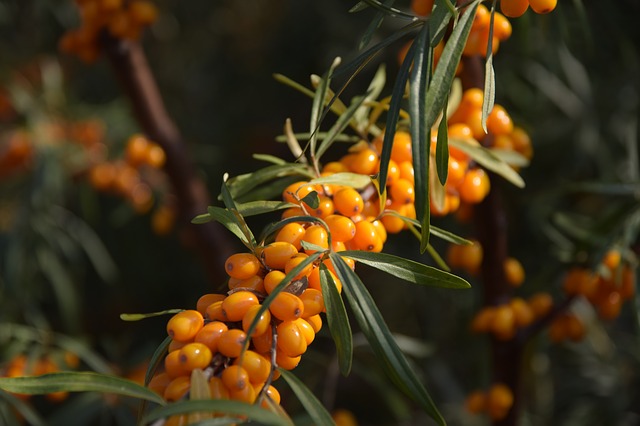How To Control The Invasive Buckthorn Bush
Buckthorn is an invasive shrub that can quickly take over an area, crowding out native plants and animals. It is a major problem in many parts of North America, and there are a number of ways to control it.
In this blog post, we will discuss some of the most effective methods for controlling buckthorn. We will also provide tips on how to choose the right method for your situation.
What is Buckthorn?
Buckthorn is a deciduous shrub or small tree that can grow up to 20 feet tall. It has dark green leaves, white flowers, and black berries. Buckthorn is native to Europe and Asia, but it has been introduced to North America and other parts of the world.
Buckthorn is an invasive species because it spreads rapidly and outcompetes native plants. It can form dense thickets that block sunlight and prevent other plants from growing. Buckthorn also provides food and shelter for pests and diseases.
Why Control Buckthorn?
There are a number of reasons why it is important to control buckthorn. First, it can displace native plants and animals. Second, it can contribute to erosion by out-competing plants on the forest floor that help hold soil in place. Third, it can provide food and shelter for pests and diseases.
How to Control Buckthorn
There are a number of ways to control buckthorn. Some methods are more effective than others, and the best method for you will depend on the size of the infestation and the location of the plants.
Mechanical Methods
Mechanical methods of controlling buckthorn include cutting, girdling, and pulling.
- Cutting: Cutting is the simplest and most effective way to control small infestations of buckthorn. Simply cut the plants down at ground level. Be sure to remove as much of the root system as possible.
- Girdling: Girdling is a more effective way to control larger infestations of buckthorn. To girdle a plant, make a cut around the trunk or stem, just below the ground level. This will kill the plant by cutting off its water supply.
- Pulling: Pulling is a good way to control buckthorn plants that are growing in loose soil. Simply grasp the plant at the base and pull it out of the ground. Be sure to remove as much of the root system as possible.
Chemical Methods
Chemical methods of controlling buckthorn can be effective, but they should be used with caution. Herbicides can kill other plants as well as buckthorn, so it is important to use them only in areas where there are no other plants that you want to protect.
- Glyphosate: Glyphosate is a non-selective herbicide that can be used to kill buckthorn plants. It is available in a variety of formulations, including liquid, granular, and spray.
- Triclopyr: Triclopyr is a selective herbicide that can be used to kill buckthorn plants without harming most other plants. It is available in a variety of formulations, including liquid, granular, and spray.
Combination Methods
In some cases, it may be necessary to use a combination of methods to control buckthorn. For example, you might cut down the plants and then apply herbicide to the stumps to prevent regrowth.
Conclusion
Buckthorn is an invasive shrub that can be a major problem in many parts of North America. There are a number of ways to control buckthorn, and the best method for you will depend on the size of the infestation and the location of the plants.
If you are having trouble controlling buckthorn, you may want to contact your local conservation agency for assistance. They can provide you with more information about the different methods of control and help you choose the right method for your situation.
Buckthorn is an invasive shrub that can crowd out native plants and animals. If you have buckthorn on your property, you can help to control its spread by removing it. There are a few different ways to remove buckthorn, but the most effective method is to cut it down and then treat the stump with an herbicide.
To learn more about buckthorn and how to control it, visit Home Gardening.
FAQ of buckthorn bush
- What is buckthorn bush?
Buckthorn bush is a type of invasive plant that can be found in many parts of the world. It is a tall, thorny shrub that can grow up to 10 feet tall. Buckthorn bush has small, white flowers that bloom in the spring. Its fruits are small, black berries that are poisonous to humans and animals.
- Why is buckthorn bush considered invasive?
Buckthorn bush is considered invasive because it spreads quickly and easily. It can form dense thickets that crowd out native plants. Buckthorn bush also has a shallow root system, which makes it susceptible to erosion.
- What are the negative impacts of buckthorn bush?
Buckthorn bush can have a number of negative impacts on the environment. It can:
* Crowd out native plants, reducing biodiversity.
* Increase the risk of erosion.
* Provide habitat for pests and diseases.
* Poison wildlife.
- How can I control buckthorn bush?
There are a number of ways to control buckthorn bush. Some of the most effective methods include:
* Manual removal: This involves cutting down the bush and removing the roots.
* Chemical treatment: This involves using herbicides to kill the bush.
* Biological control: This involves introducing insects or other organisms that will eat the bush.
- How can I prevent buckthorn bush from spreading?
The best way to prevent buckthorn bush from spreading is to remove it from your property as soon as possible. You can also prevent it from spreading by:
* Not planting buckthorn bush in your garden.
* Disposing of buckthorn bush cuttings properly.
* Keeping an eye out for buckthorn bush in your neighborhood and reporting it to your local authorities.
Image of buckthorn bush
10 different images of buckthorn bush that are free to use:
- A branch of orange sea buckthorn berries close up. The berries are small and round, with a bright orange color. They are clustered together on the branch, and some of them have already fallen off. The leaves of the bush are green and have a serrated edge.

- A full grown buckthorn bush in the forest. The bush is tall and has many branches. The leaves are green and have a serrated edge. The bush is covered in small, white flowers.

- A close up of the leaves of a buckthorn bush. The leaves are green and have a serrated edge. They are small and delicate.

- A close up of the berries of a buckthorn bush. The berries are small and round, with a bright orange color. They are clustered together on the branch.

- A buckthorn bush in the fall. The leaves of the bush have turned red, orange, and yellow. The berries are still on the bush, but they have started to turn red.

- A buckthorn bush in the winter. The leaves of the bush have fallen off, and the branches are bare. The berries are still on the bush, but they have turned black.

- A buckthorn bush growing in a meadow. The bush is surrounded by tall grasses and wildflowers. The leaves of the bush are green and have a serrated edge. The bush is covered in small, white flowers.
- A buckthorn bush growing on a hillside. The bush is surrounded by trees and other shrubs. The leaves of the bush are green and have a serrated edge. The bush is covered in small, white flowers.

- A buckthorn bush growing in a garden. The bush is surrounded by other plants, such as roses and lilies. The leaves of the bush are green and have a serrated edge. The bush is covered in small, white flowers.
- A buckthorn bush in a pot. The bush is small and has a few branches. The leaves of the bush are green and have a serrated edge. The bush is covered in small, white flowers.


Post a Comment for "How To Control The Invasive Buckthorn Bush"